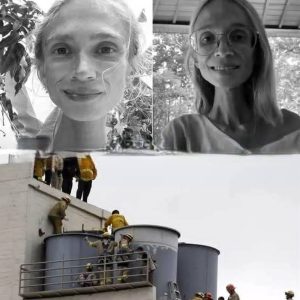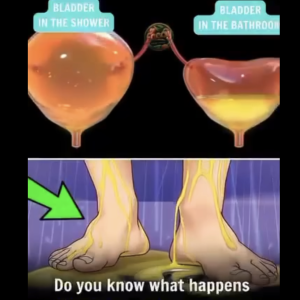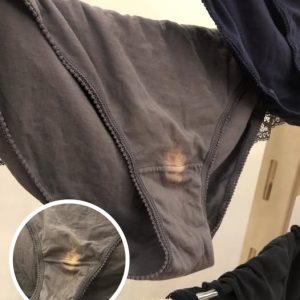You might notice a strange white substance oozing from chicken breast after baking or roasting. “While it may look unappetizing, this occurrence is common and not a sign that anything has gone wrong.” It doesn’t mean the chicken is undercooked or spoiled—it’s simply part of the cooking process.
The goo is made of water and protein forced out by heat. Chicken breasts, being high in protein and low in fat, are especially prone. As proteins denature, they release water, forming the sticky white residue.
Certain conditions make it more noticeable. “Skinless, boneless breasts, especially when cooked at high temperatures, tend to release more of this substance.” Cooking chicken that hasn’t fully thawed can also cause it, since ice crystals damage muscle fibers and release extra protein and moisture.
Despite appearances, the goo is harmless. “It’s just cooked protein and water.” The only concern is if raw chicken smells bad, feels slimy, or looks gray—signs of spoilage. Otherwise, it doesn’t affect taste or safety.
To reduce it, cook at lower temperatures, brine to retain moisture, or sear before baking. Letting the chicken reach room temperature before cooking also helps. Ultimately, it’s natural, safe, and nothing to worry about.





